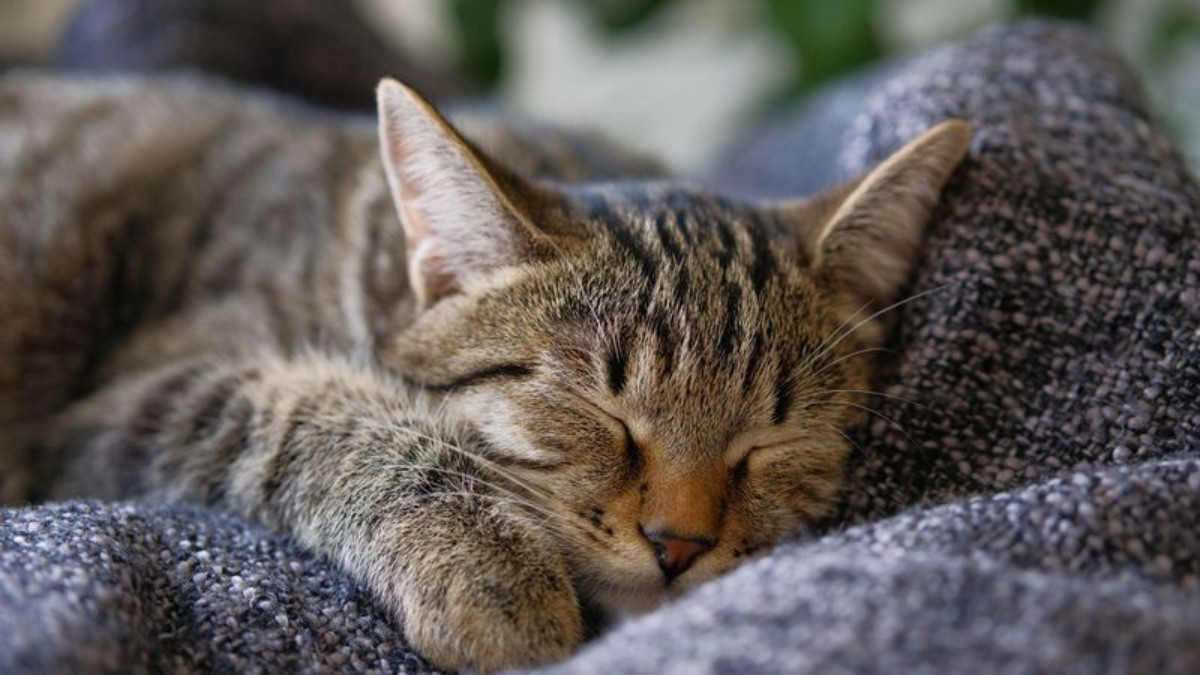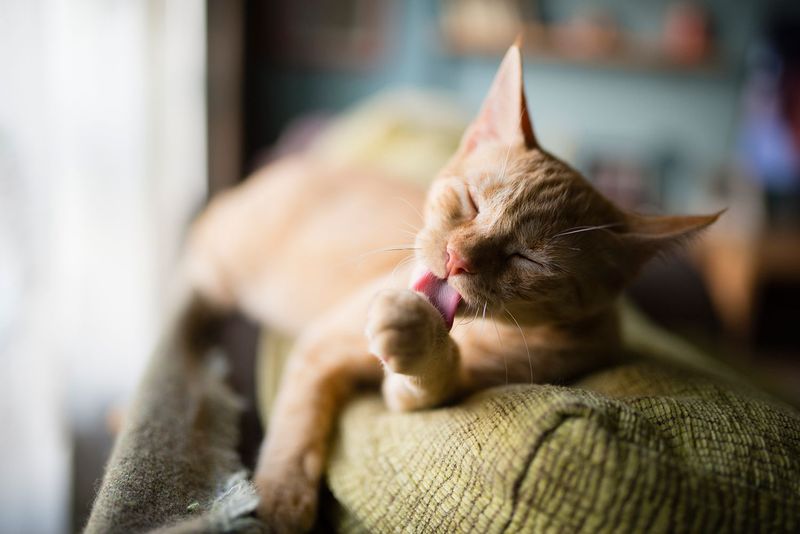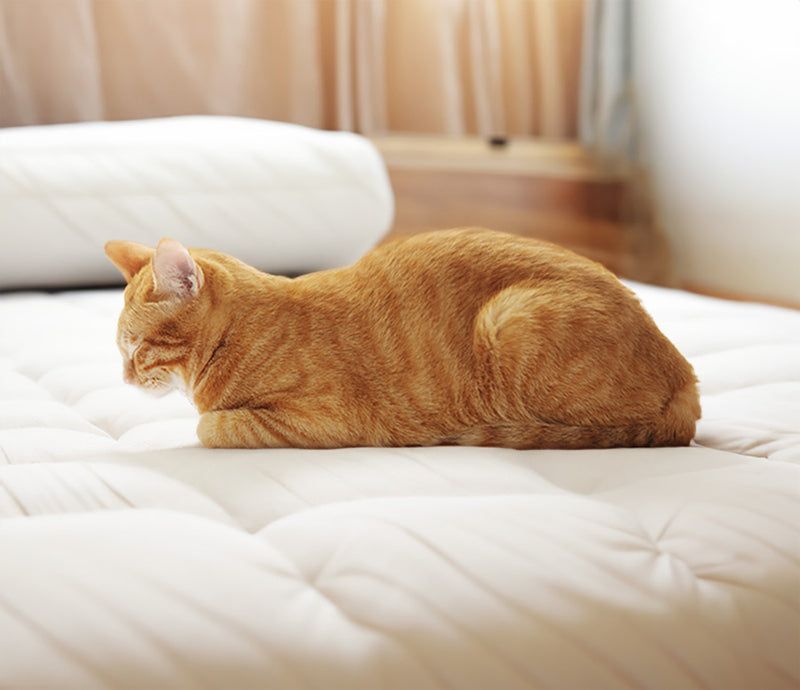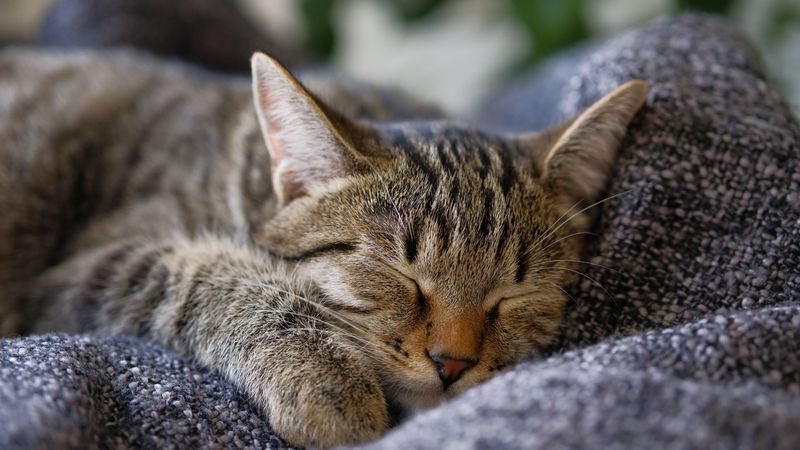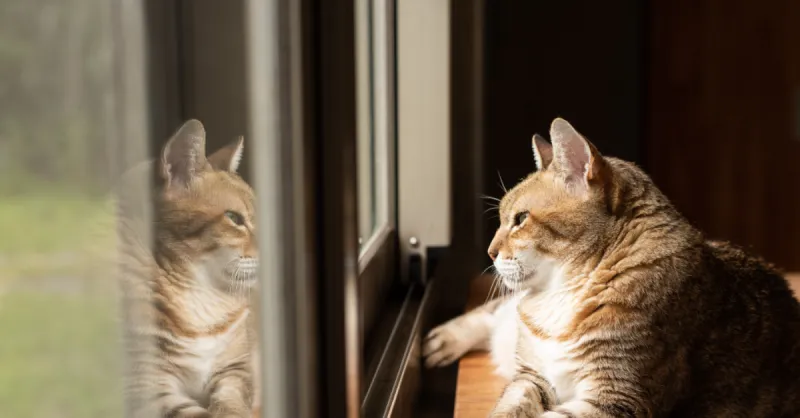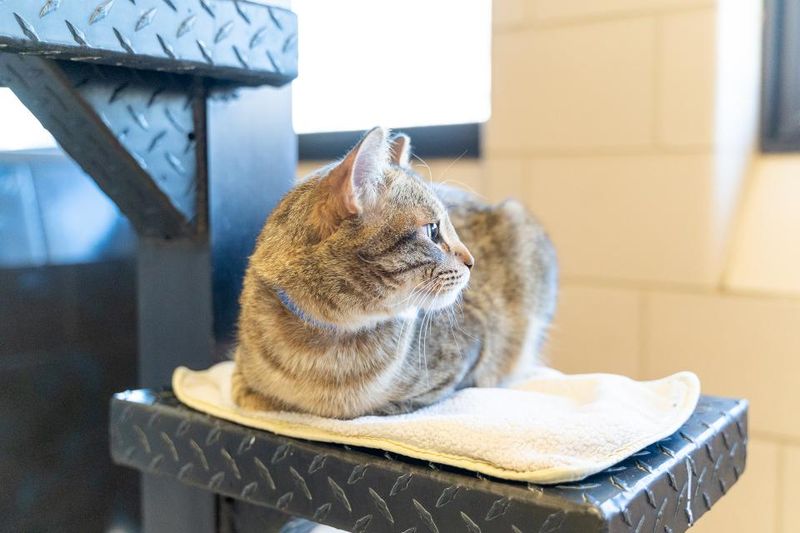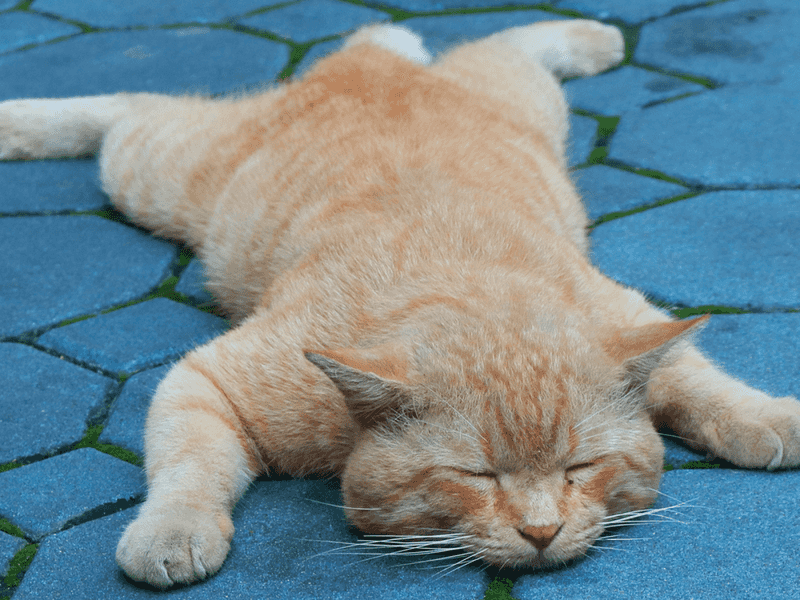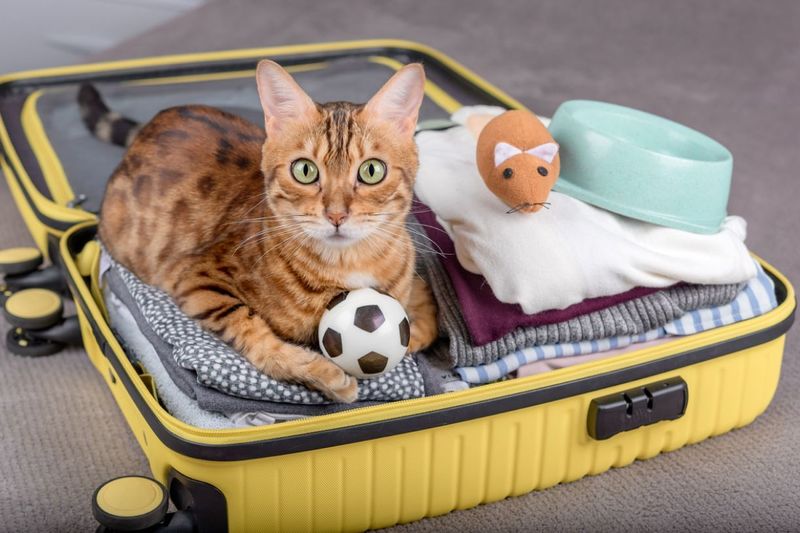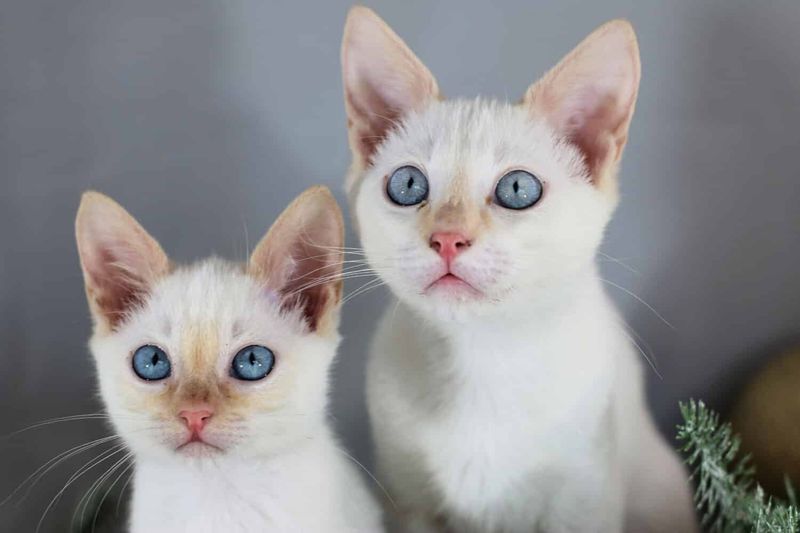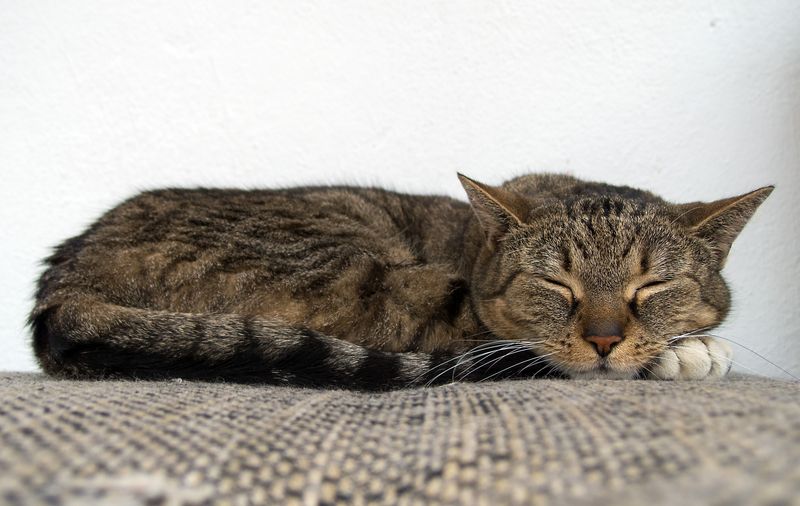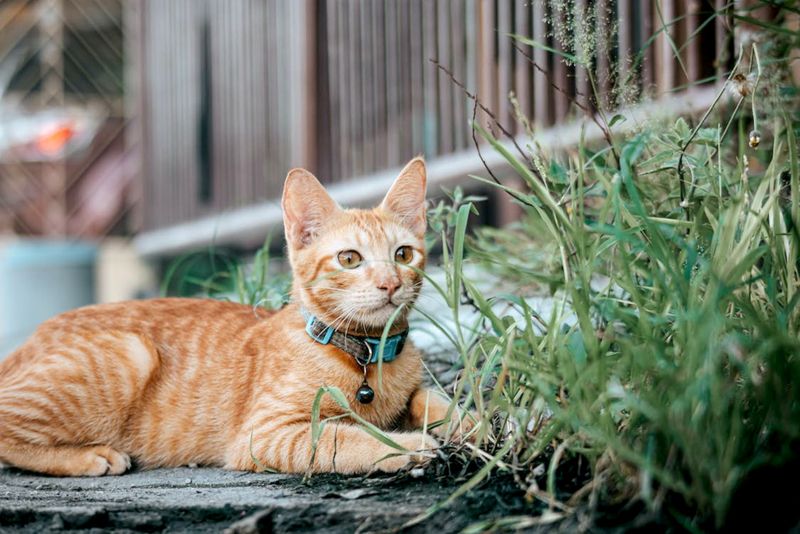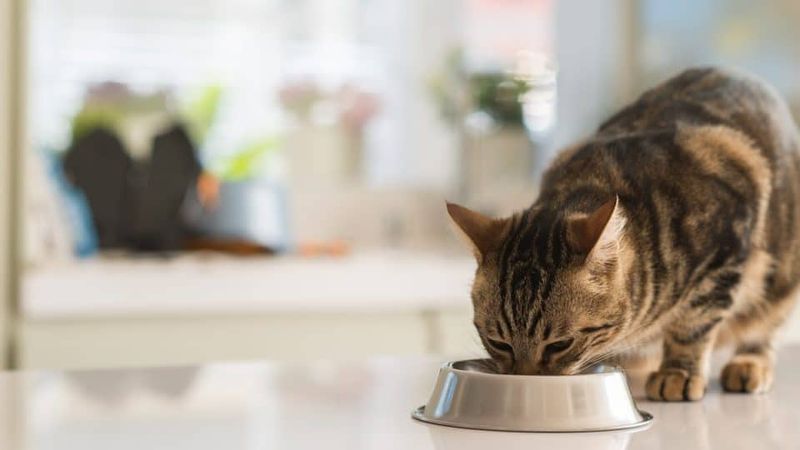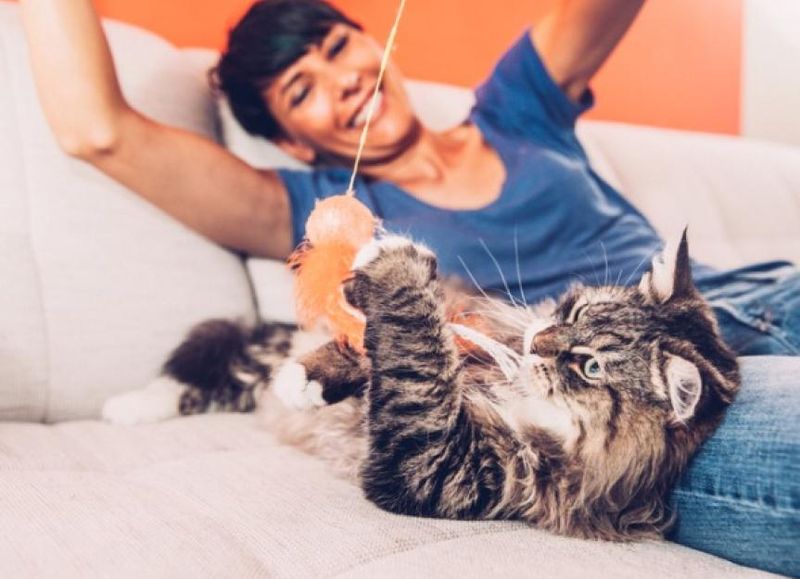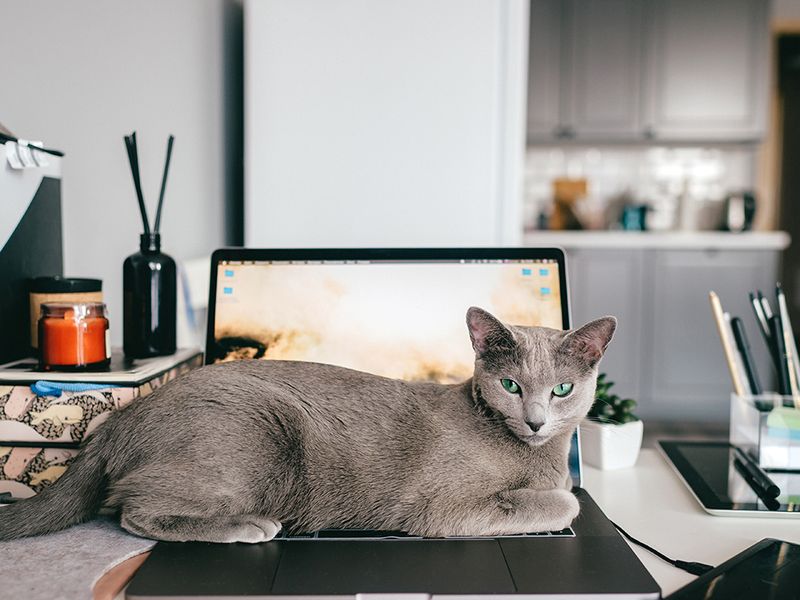📖 Table of Content:
- 1. Self-Cleaning Machines
- 2. No Daily Walks Required
- 3. Lower Noise Levels
- 4. Solo Time Tolerance
- 5. Smaller Space Requirements
- 6. Budget-Friendly Pet Care
- 7. Travel Compatibility
- 8. Lower Training Demands
- 9. Furniture Preservation
- 10. Neighbor Relations
- 11. Simplified Feeding Routines
- 12. Lower Exercise Requirements
- 13. Cleaner Home Environment
Choosing the right pet often comes down to how well their needs align with your lifestyle. Dogs are known for their loyalty and energy, but their high-maintenance requirements can sometimes lead to added stress. Cats, however, tend to be more independent, making them easier to care for in a busy home.
Cats are generally less demanding than dogs, requiring less attention and fewer resources to stay content. Their ability to entertain themselves and adjust to various environments makes them an ideal choice for people seeking a more low-stress companion. With their calm demeanor, cats often bring a soothing presence to the home.
For those looking to minimize daily stress while still enjoying the companionship of a pet, cats provide a perfect balance. They offer affection without the constant need for attention or exercise, allowing owners more flexibility. The ease of caring for a cat can make them a preferable choice for stress-free pet parenting.
1. Self-Cleaning Machines
Cats spend up to 50% of their waking hours grooming themselves. This built-in cleanliness means less work for you and fewer trips to pet groomers that drain both your wallet and schedule.
Unlike dogs that return from walks with muddy paws and wet fur, cats maintain their own hygiene routine without your help. Their rough tongues act as natural brushes, removing loose fur and dirt efficiently.
The result? Your home stays cleaner, your to-do list shorter, and your stress levels lower. No more scheduling bath times or dealing with the aftermath of a dog who hates water.
2. No Daily Walks Required
Morning rush hour, pouring rain, or midnight snowstorm – dog owners brave it all for those necessary walks. Cats handle their bathroom business in a litter box, freeing you from weather-dependent outings three times daily.
That midnight potty emergency? Not your problem with a cat. Late at work? Your feline friend isn’t crossing their legs waiting for you to get home.
This independence saves approximately 30 minutes daily – that’s over 180 hours yearly you’re not spending standing in the cold, holding a leash, waiting for your pet to find the perfect spot.
3. Lower Noise Levels
The doorbell rings and silence prevails – a luxury dog owners rarely experience. While dogs alert the entire neighborhood to every passing squirrel, cats typically respond with mere curiosity or continued napping.
Their purrs rather than barks create a peaceful home environment. Studies show purring actually reduces stress hormones in humans, while barking increases them.
Apartment dwellers especially benefit from this quieter companionship. No noise complaints from neighbors, no startling barks during work calls, and no explaining to visitors why your pet won’t stop barking at them. The value of peace and quiet cannot be overstated.
4. Solo Time Tolerance
Freedom beckons when you have a cat. These independent creatures handle alone time with grace, often preferring several hours of solitude daily. Many cats actually thrive with some personal space in their routine.
Dogs, however, frequently suffer separation anxiety, leading to destructive behaviors, excessive barking, or bathroom accidents. Their pack mentality makes them dependent on constant companionship.
Cat owners enjoy spontaneous after-work plans without the guilt or rushing home. Weekend getaways require minimal preparation – just extra food, water, and a clean litter box. This flexibility dramatically reduces the mental load of pet ownership while maintaining all the companionship benefits.
5. Smaller Space Requirements
Studio apartment dwellers rejoice! Cats thrive in compact living situations where most dogs would feel confined and restless. Vertical space matters more to cats than square footage, making them perfect for urban living.
A simple cat tree transforms a tiny apartment into a feline playground. Dogs, especially larger breeds, need yards, regular exercise, and substantial indoor space to prevent destructive behaviors and health issues.
Living with space constraints no longer means forgoing pet companionship. Cats adapt to your living situation rather than forcing you to adapt yours. This spatial flexibility removes a major stressor for pet owners in small homes or apartments.
6. Budget-Friendly Pet Care
The financial commitment difference between cats and dogs is substantial. Annual care costs for cats average $800 less than dogs, with the gap widening for larger breeds or dogs with special needs.
Dog walkers, daycare, training classes, and more frequent vet visits quickly add up. Many cat owners skip these entirely, as cats require fewer services and typically experience fewer health issues throughout their lives.
Food costs tell a similar story – a 10-pound cat consumes significantly less than a 50-pound dog. This financial relief adds up over a pet’s lifetime, potentially saving thousands while still enjoying the emotional benefits of animal companionship.
7. Travel Compatibility
Spontaneous weekend getaway? No problem for cat owners. Cats maintain their routine with minimal supervision, needing just food, water, and a clean litter box for 2-3 days.
Dog owners face complicated logistics – finding pet-friendly accommodations, arranging dog sitters, or paying boarding facilities that often cost more than human hotels. The planning starts weeks before any trip.
Even cat-sitters cost less, typically requiring just one visit daily versus multiple walks for dogs. This travel freedom preserves your ability to maintain connections with distant friends and family without the stress of pet logistics overshadowing your plans.
8. Lower Training Demands
Cats come pre-programmed with essential life skills. Litter box use is instinctual for most, requiring minimal human intervention. Their natural inclination for cleanliness makes training nearly automatic.
Compare this to dogs, who need months of consistent house training, leash manners, and basic commands. Many dog owners spend hundreds on professional training or countless hours teaching fundamental behaviors.
Behavior modification for cats typically involves simple environmental adjustments rather than the intensive, schedule-disrupting training sessions dogs require. This reduced training burden means more immediate enjoyment of your pet’s company without the frustrating learning curve that often leads to rehoming.
9. Furniture Preservation
Couches last longer in cat households. While cats may occasionally scratch furniture, proper scratching posts and nail trims minimize damage. Their lightweight bodies leave minimal wear on household items.
Dogs, particularly larger breeds, create noticeable wear patterns on furniture. Their nails scratch hardwood floors, their drool stains upholstery, and their body weight compresses cushions permanently. Muddy paws track dirt throughout the home after walks.
Cat owners spend less time and money replacing or cleaning furniture. This preservation of your living space reduces both financial stress and the frustration of watching your carefully chosen home decor slowly deteriorate under the loving but destructive influence of canine companionship.
10. Neighbor Relations
Friendly neighborhood relationships remain intact with cats. Their quiet nature and indoor lifestyle mean neighbors might not even realize you have a pet. No barking complaints, no boundary disputes, no unexpected visits to return your escaped companion.
Dog owners frequently navigate tense conversations about noise, waste cleanup, or leash compliance. These interactions create ongoing social stress that cat owners simply don’t experience.
Community harmony matters for your daily comfort. The stress of managing your pet’s impact on others takes a toll that many underestimate when choosing a dog. Cats allow you to maintain positive connections with those living nearby without the added relationship management.
11. Simplified Feeding Routines
Food battles disappear with cats. Their predictable eating habits and self-regulation mean many cats can free-feed without overeating. Fill the bowl in the morning, and you’re done for the day.
Most dogs require scheduled feedings with careful portion control to prevent obesity. Their food obsession leads to begging, counter-surfing, and garbage raids that create ongoing kitchen vigilance.
Cat owners skip the mealtime monitoring that dogs demand. This simplified approach to nutrition reduces daily pet care tasks and prevents the guilt-inducing hungry eyes that lead many dog owners to overfeeding. The mental load difference is substantial when feeding routines require minimal thought or scheduling.
12. Lower Exercise Requirements
Exercise becomes optional rather than mandatory with cats. Their natural bursts of energy and self-directed play satisfy most of their physical needs without human intervention. A few minutes with a feather toy provides adequate stimulation.
Dogs need dedicated exercise regardless of weather, your health, or work schedule. Skipping walks leads to destructive behaviors and health problems that create more stress long-term.
Cat owners maintain flexibility in their daily routines without sacrificing their pet’s wellbeing. This reduced responsibility creates breathing room in busy schedules and accommodates changing life circumstances like longer work hours or mobility issues that might make dog ownership increasingly difficult.
13. Cleaner Home Environment
Household cleanliness reaches new levels with cats. Their fastidious nature means less dander, dirt, and general pet odor throughout your living space. Most cats even bury their waste, containing smells efficiently.
Dog owners battle constant fur tumbleweeds, muddy paw prints, and the distinctive wet dog smell that permeates furniture. Regular vacuuming becomes a daily rather than weekly task.
Beyond the aesthetic benefits, this cleaner environment reduces allergens and creates a more welcoming space for visitors. The mental relief of maintaining a presentable home without heroic cleaning efforts shouldn’t be underestimated – it’s a significant quality of life improvement for busy pet owners.
